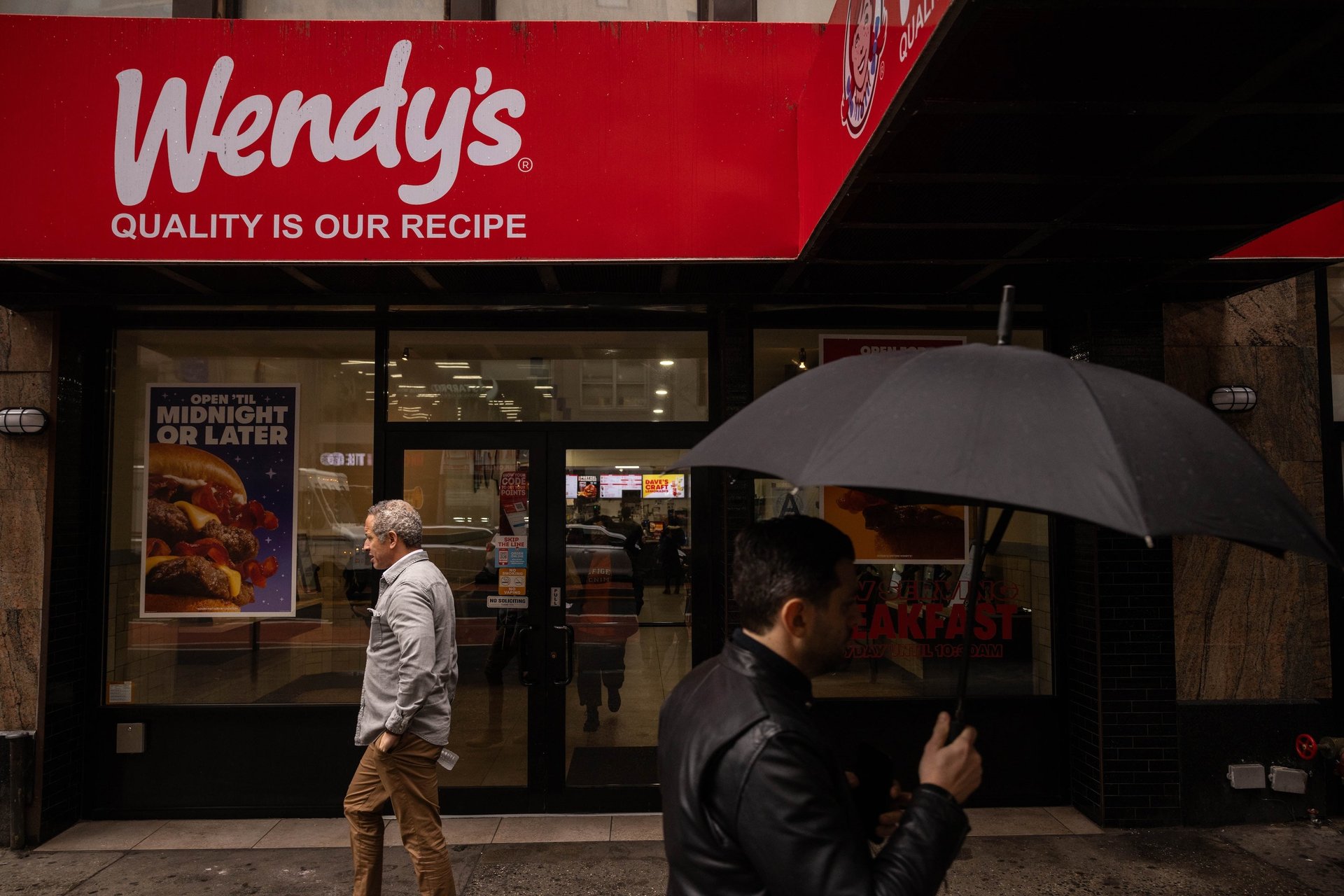Ozempic users are spending less money at restaurants, survey says
Almost two-thirds of respondents in a Morgan Stanley survey said they are spending less eating out since they started taking the medication

Over half of people who are on Ozempic or another GLP-1 drug — a class of weight loss and diabetes medications— say they are spending less money at restaurants, according to a recent survey by Morgan Stanley.
Suggested Reading
GLP-1s, which include popular brands like Wegovy, Mounjaro, and Zepbound, are known for suppressing a user’s appetite. Demand for the drugs has skyrocketed in the last year.
Related Content
Morgan Stanley analysts now anticipate the global market for these drugs will reach $105 billion by 2030, up from a previous projection of $77 billion. The investment bank also expects the adoption of these drugs to reach about 31.5 million people in the U.S., about 9% of the nation’s population, by 2035.
Even before this latest report, some food executives have expressed concerns over the economic implications of these medications and their growing popularity.
Lars Fruergaard Jorgensen, the CEO of Ozempic and Wegovy maker Novo Nordisk, said in February that chief executives at food companies are calling him for advice regarding the popular drugs.
“A couple of CEOs from, say, food companies have been calling me,” Jorgensen told Bloomberg. “They are scared about it.”
According to the Morgan Stanley survey, the fears of these CEOs may be warranted.
About 63% of the roughly 300 people on a GLP-1 medication that the bank surveyed in February said that they are spending less money a month eating out at restaurants since they started taking the drug. About 61% said they are spending less on take out and food deliveries. And about 31% reported spending less money grocery shopping.
Winners and losers
The bank’s analysts said the rise in use of these drugs are “not an existential risk,” but a “manageable long term pressure.” They went on to say that healthier fast-casual restaurants, such as Cava, Chipotle, and Sweetgreen, are positioned well to handle the looming shift in consumer spending. But fast-food spots like Jack in the Box, Wendy’s, and Wingstop will face more pressure.
